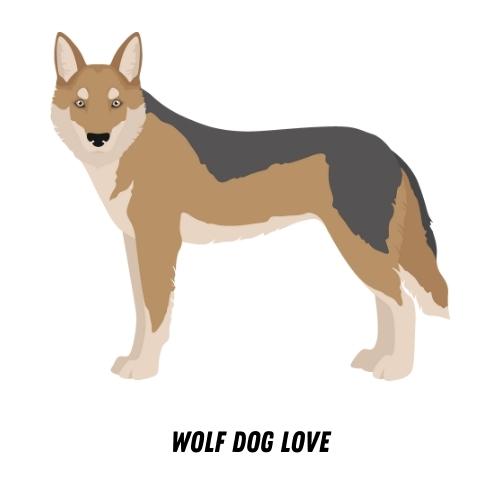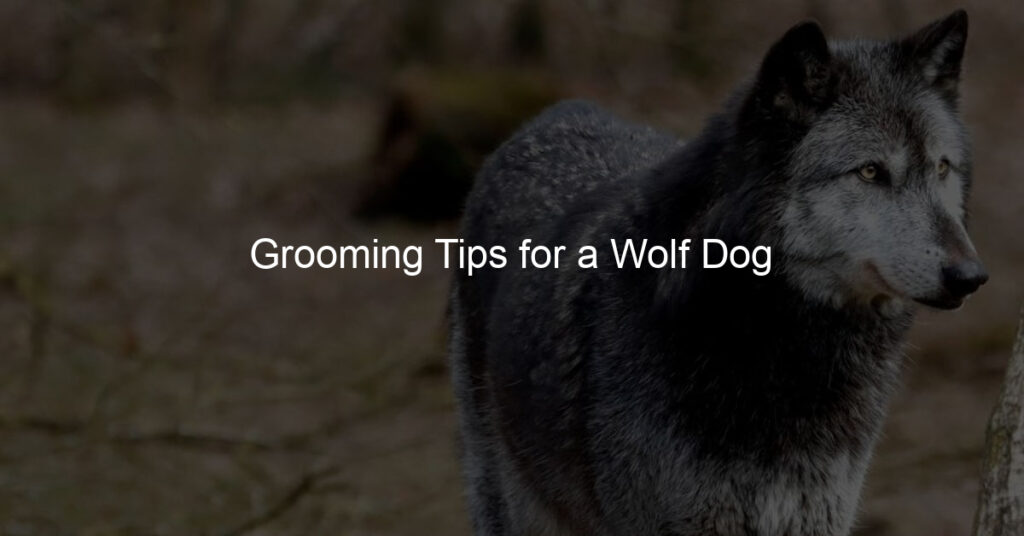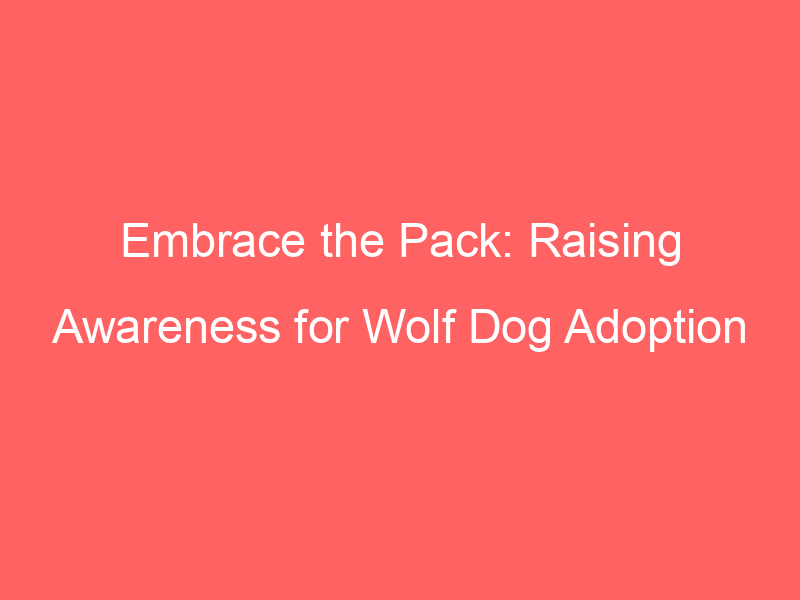Having a pet dog is one of the best ways to bring joy and companionship into your life, but it can also come with some unexpected challenges. If you’ve decided that it’s time to add a new furry friend to your family, you’re going to have to strike a balance between feeding them, letting them outside, and taking care of their health needs. One of the most common mistakes new dog owners make is not doing enough research on the specific needs and habits of different dog breeds before they take the plunge.
This can be especially challenging if you’ve just adopted a Wolf Dog from a shelter or rescue group. These animals are bred for working in packs as hunting companions and should not be kept as house pets by anyone who isn’t prepared for their unique demands. While there are reputable Wolf Dog breeders out there who truly want to provide homes for these animals and give them the space they need to thrive, many puppy farmers may use them as mere cash cows instead.
Are wolf dogs hard to take care of?
Some people may be surprised to learn that Wolf Dogs are actually very easy to care for. They’re an adaptable mix of two different breeds (eastern timber wolves and Siberian Huskies) with a lot of similar temperament traits. They’re generally low-energy, which makes them ideal for apartment living. But even if you’ve never owned a dog before, you can still successfully adopt a Wolf Dog: just make sure you know what your responsibilities will be!
Many people mistakenly assume that these critters are hard to take care of because they won’t do anything but eat. While these dogs have large appetites, they can also be trained to do some simple tricks like sit and stay. In fact, many wolf dogs consider their role as work and will perform tricks for treats or other praise from their human owners.
What do I need to know before getting a wolfdog?
The great thing about adopting a wolfdog is that they’re some of the most social and intelligent animals. They have a lot of energy and require a lot of mental stimulation. It can be tempting to take them for a walk or play outside with them every day, but make sure you’re also giving them time to rest so that their body can regenerate.
Cats usually get along well with Wolf Dogs, but bear in mind that many dogs will do anything to protect what’s theirs and can become aggressive if they feel threatened. If this becomes an issue, move them into a separate space where they don’t have any access to your other pets.
Wolfdogs are very active animals who need lots of exercise, which means your house may start to resemble the inside of an animal shelter by the end of the day. Make sure you have plenty of space for these rambunctious creatures!
How do you discipline a wolf dog?
When a new puppy comes into your home, it’s important to make sure they are well-groomed and ready to play. One of the most common mistakes is neglecting the grooming process altogether. When you do this, it can lead to more serious problems like excessive shedding and infection.
A healthy wolf dog should have their nails trimmed and nails filed down on a regular basis, which will keep them from getting too long and breaking off. They should also have their teeth brushed and ears cleaned daily so that they don’t develop infections or irritation from dirt and debris in the ear canal. This is especially important for larger breeds like huskies who live outdoors in colder climates where there’s more exposure to dirt in their environment. Some other grooming needs include brushing out their fur weekly or sooner if they start matting up, brushing out any mats or tangles that might be in the coat, trimming their paw pads regularly so they don’t build up built-up hair around them, keeping them cool during the summer months with a quick misting or applying a cooling towel after playtime, maintaining a healthy diet rich in protein and vitamins, ensuring they get enough exercise every day, living indoors with plenty of space but with access to an outdoor pen or yard when necessary so they can run free outside but also be safe inside.
What are the 7 steps of grooming a dog?
1. Bathe the dog in warm water and a mild, unscented soap.
2. Shampoo the dog with a dog-specific shampoo that will remove any residue and dirt left on the coat.
3. Comb out your Wolf Dog’s fur with a metal comb to remove loose hairs and tangles.
4. If your Wolf Dog is particularly matted, you’ll need to take him or her to the groomer for a professional brush-out session where they’ll use metal combs, metal sponges, conditioners, and other tools to reach deep into your Wolf Dog’s fur.
5. Give your pet a brushing with a wire-teethed brush at least once each week for better health of your Wolf Dog’s teeth and gums
6. Brush your Wolf Dog’s teeth at least once every two weeks or more frequently if needed; ensure you use a soft bristle brush instead of toothpaste (not recommended)
7. Clip your pet’s nails every 7-10 days depending on how long they last; never cut them too short or too often because it can cause bleeding if they’re not properly clipped








